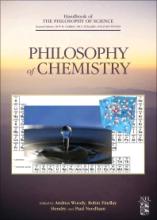In this essay the introduction of quantum mechanics into chemistry serves as a case study of representational innovation in science. Because the basic complexity of quantum-mechanical representations of molecular systems eliminates the possibility of analytic solutions to the corresponding equations, approximation techniques and issues of computational tractability take center stage. Largely abstract mathematical techniques must work hand in hand with significant pieces of pre-existing knowledge, both conceptual and empirical, to generate results of chemical significance. An important consequence of this specific integration of mathematical techniques with pre-existing knowledge is the development of new, amalgamated chemical concepts that are not derived directly from quantum theory and yet are direct descendants of it. This new conceptual repertoire is accompanied by a dramatic development in alternative representational resources, diagrammatic schemes, that allow the incorporation of the new chemical concepts intodisciplinary contexts within chemistry that were essentially isolated from the original mathematical resources of quantum theory.
Concept Amalgamation and Representation in Quantum Chemistry
Woody, Andrea I. “Concept Amalgamation and Representation in Quantum Chemistry.” Handbook of the Philosophy of Science, Volume 6: Philosophy of Chemistry, edited by R. Hendry, P. Needham, and A. Woody, 427-466. Oxford, England: Elsevier, 2012.
